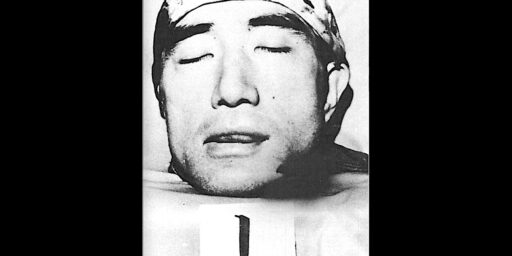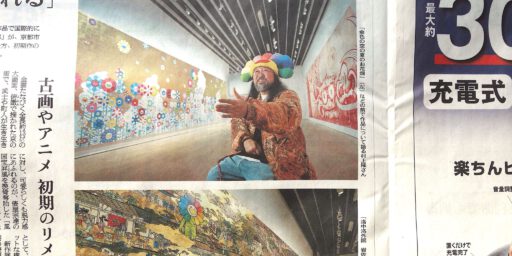京都 Kyoto
Kyoto 京都 (Kyōto) is the capital city of Kyoto Prefecture in Japan. As of 2020, the city had a population of 1.46 million, making it the ninth-most populous city in Japan. Kyoto is one of the oldest municipalities in Japan, having been chosen in 794 as the new seat of Japan’s imperial court by Emperor Kanmu. The original city, named Heian-kyō, was arranged in accordance with traditional Chinese feng shui following the model of the ancient Chinese capitals of Chang’an and Luoyang. The emperors of Japan ruled from Kyoto in the following eleven centuries until 1869. It was the scene of several key events of the Muromachi period, Sengoku period, and the Boshin War, such as the Ōnin War, the Honnō-ji Incident, the Kinmon incident, and the Battle of Toba–Fushimi. The capital was relocated from Kyoto to Tokyo after the Meiji Restoration. The modern municipality of Kyoto was established in 1889. The city was spared from large-scale destruction during World War II and, as a result, its prewar cultural heritage has mostly been preserved. Kyoto is considered the cultural capital of Japan and is a major tourist destination. The agency for cultural affairs of the national government is headquartered in the city. It is home to numerous Buddhist temples, Shinto shrines, palaces and gardens, some of which have been designated collectively as a World Heritage Site by UNESCO. Prominent landmarks include the Kyoto Imperial Palace, Kiyomizu-dera, Kinkaku-ji, Ginkaku-ji, and Kyoto Tower. The internationally renowned video game company Nintendo is based in Kyoto. Kyoto is also a center of higher learning in the country, and its institutions include Kyoto University, the second-oldest university in Japan. Japan at the start of the Heian period (794–1185), the city was often referred to as Heian-kyō (平安京, “Heian capital”), and late in the Heian period the city came to be widely referred to simply as “Kyōto” (京都, “capital city”). After the seat of the emperor was moved to the city of Edo and that city was renamed “Tōkyō” (東京, meaning “eastern capital”), Kyoto was briefly known as “Saikyō” (西京, meaning “western capital”). As the capital of Japan from 794 to 1868, Kyoto is sometimes called the thousand-year capital (千年の都).


